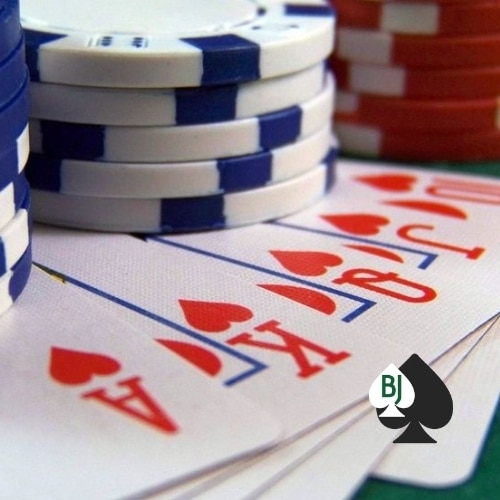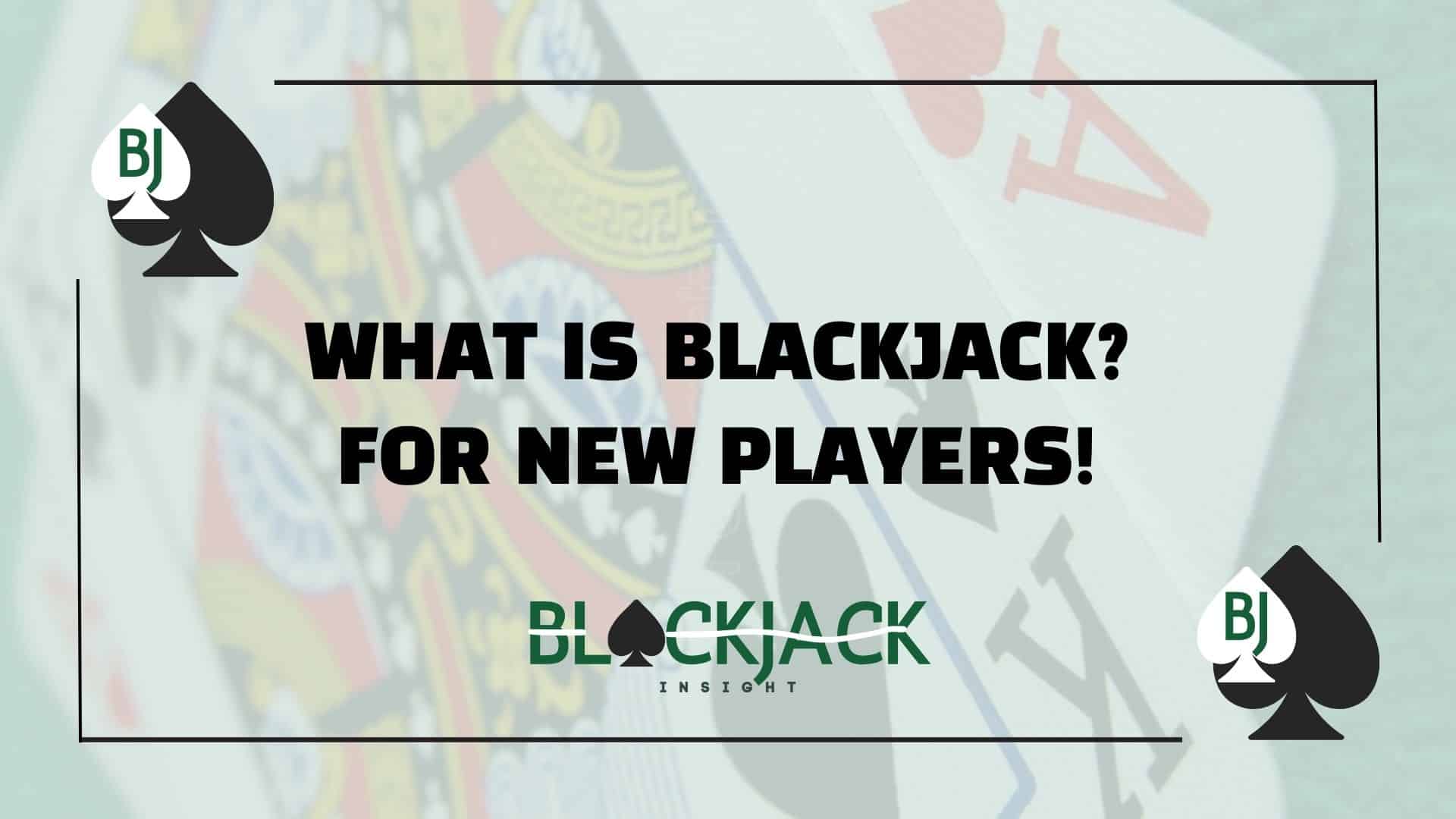What Is Blackjack? For New Players!
Table Of Content
Blackjack is a casino card game where players aim to get a hand value as close to 21 as possible without going over. Each player competes against the dealer, not against other players. A hand consisting of an ace and a 10-point card is called a “natural blackjack” and is the strongest possible hand.
Ever been at a casino, heard the snap of cards, and someone mutters, “Blackjack,” and the dealer just nods and pushes chips over like it’s the most normal thing in the world? That moment right there, it’s simple, fast, and kind of thrilling. But if you’re new to the table, question of what is blackjack can rise!
The Basics: What Actually Is Blackjack?
Blackjack is a card game where the goal is simple: get as close to 21 as possible without going over. Sounds easy, right? And honestly, it kind of is at least on the surface.
Each player competes against the dealer while playing blackjack at a casino, not each other. You’re both dealt cards, and whoever ends up closer to 21 wins. But here’s the twist: if you go over 21, you lose instantly. That’s called “busting.” Not fun.
The real magic happens when you’re dealt an ace and a 10-value card (like a 10, jack, queen, or king) right out of the gate. That combo is called a natural blackjack, and it’s the holy grail of the game. Why? Because it usually pays out 3:2, meaning if you bet $10, you win $15 instead of just $10. Not bad for two cards and a few seconds of suspense.
A Quick Refresher on the Cards

Let’s talk value. Blackjack doesn’t require you to memorize 100 rules. Just know what each card is worth:
- Cards 2 through 10 are worth their face value.
- Jacks, Queens, and Kings are each worth 10 points.
- Aces are worth 1 or 11, depending on what works better for your hand.
That ace flexibility is part of what makes the game so interesting. One moment, it saves your hand. The next, it turns your 16 into 17. If I had a dollar for every time an ace bailed me out…
So… Is It Just Luck?
Not quite. That’s what makes it fun. You see, blackjack has something most casino games don’t, a beatable edge. If you play the right way—what’s called basic strategy—you can bring the house edge down to around 0.5%. That’s tiny. And if you’ve ever heard stories of people counting cards, this is the game they’re talking about.
Now, I’m not saying you should walk into a casino with sunglasses and a hidden earpiece. But knowing how to play smart is half the battle.
Variants and Side Bets: Fun, But Dangerous
There are a few different versions of blackjack—European, Atlantic City, Spanish 21—and most of them follow the same structure with minor tweaks.
But then you get into side bets like “Perfect Pairs” or “21+3,” and that’s where things get… spicy. Are they fun? Sure. Can they eat your bankroll like a bag of chips at 2 a.m.? Absolutely.
Treat side bets like you’d treat hot sauce, a little goes a long way.
So, What is Blackjack at Its Core?
It’s a fast-paced, strategy-driven game where you can actually make informed decisions that impact the outcome. That’s rare in gambling. There’s skill here. There’s rhythm. There’s math. And yeah, there’s luck too—but you don’t have to just sit back and hope for the best.
You can learn the patterns. You can read the dealer’s upcard. You can manage your bets. And every now and then, you’ll hit that natural blackjack and feel like you just beat the system—even if only for a hand.
FAQs
1.Is blackjack all about luck, or is there skill involved?
There’s definitely skill involved. Using basic strategy, understanding when to hit or stand, and managing your bankroll all influence your chances over time.
2. What does “natural blackjack” mean?
A natural blackjack is when you’re dealt an ace and a 10-point card (10, jack, queen, or king) right off the bat. It usually pays out 3:2, which is better than a regular win.
3. Can you really count cards and beat the casino?
Technically, yes. But it’s not easy, and most casinos will ask you to leave if they suspect you’re doing it. It’s legal—but not exactly welcome.



